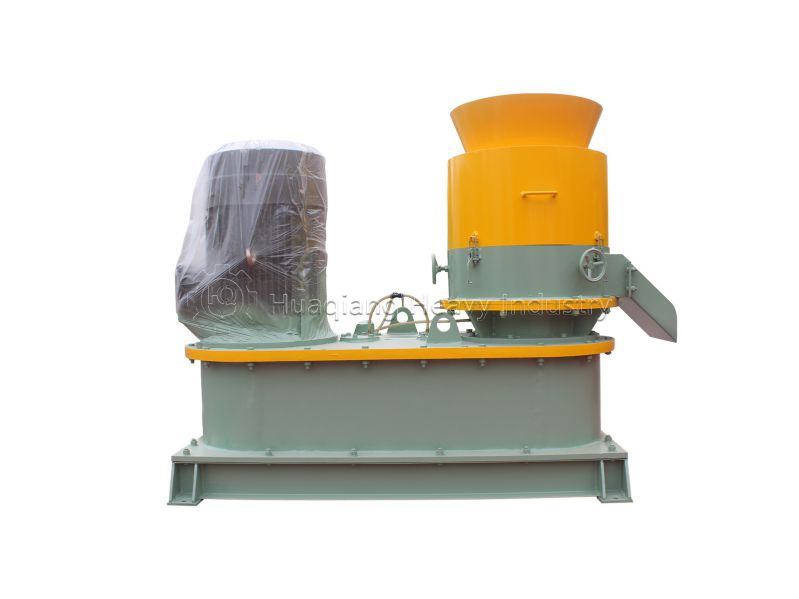The flat die pelleting machine is a core piece of equipment in fertilizer production, especially suitable for granulation processing in compound fertilizer and organic fertilizer production lines. Its workflow is designed around the characteristics of fertilizer raw materials, transforming loose raw materials into fertilizer granules that are easy to store, transport, and apply through three steps: raw material pretreatment, extrusion granulation, and cutting and shaping.

Raw material pretreatment is the foundation of fertilizer granulation and requires process adjustments based on the characteristics of the raw materials. For organic fertilizer raw materials (such as livestock manure and composted straw), they must first be processed by crushing equipment to control the particle size to 2-4 mm, removing impurities to prevent clogging of the forming holes. For compound fertilizer raw materials (such as NPK mixed powder), 5%-8% binder (such as bentonite) needs to be added, and the humidity needs to be adjusted to 18%-22% through a conditioning cylinder to enhance the raw material's viscosity and ensure that the granules are compact and not easily broken. The pretreated fertilizer raw materials are uniformly conveyed to the granulator main unit by a screw feeder and precisely fall between the flat die and the pressure rollers.
Extrusion granulation is the core process. The core components of the equipment are a ring-shaped flat die with forming holes and two symmetrically distributed pressure rollers. A motor drives the flat die to rotate at a low speed (typically 15-25 rpm), while the pressure rollers rotate synchronously under friction, continuously pressing the fertilizer raw material into the forming holes on the flat die, which are 3-8 mm in diameter. The raw material is subjected to extrusion and friction within the holes, generating a high temperature of 60-75°C. This not only kills some harmful bacteria but also promotes moderate evaporation of moisture from the raw material, resulting in a more stable granule structure. Ultimately, the granules are extruded from the holes to form continuous cylindrical fertilizer strips.
The cutting and shaping process determines the granule specifications. An adjustable cutter on the outside of the flat die precisely cuts the extruded fertilizer strips according to the fertilizer application requirements (e.g., 5-8 mm long for field fertilizer, 3-5 mm long for fruit and vegetable fertilizer). The cut fertilizer granules are conveyed to a cooling and screening machine via a conveyor belt. After cooling to room temperature, unqualified granules are removed, and qualified finished products are packaged and stored, completing the entire fertilizer granulation process.
The flat die pelleting machine, through its process design adapted to the characteristics of fertilizer raw materials, ensures both the uniformity and strength of fertilizer granules while retaining nutrients, providing an efficient solution for large-scale fertilizer production.